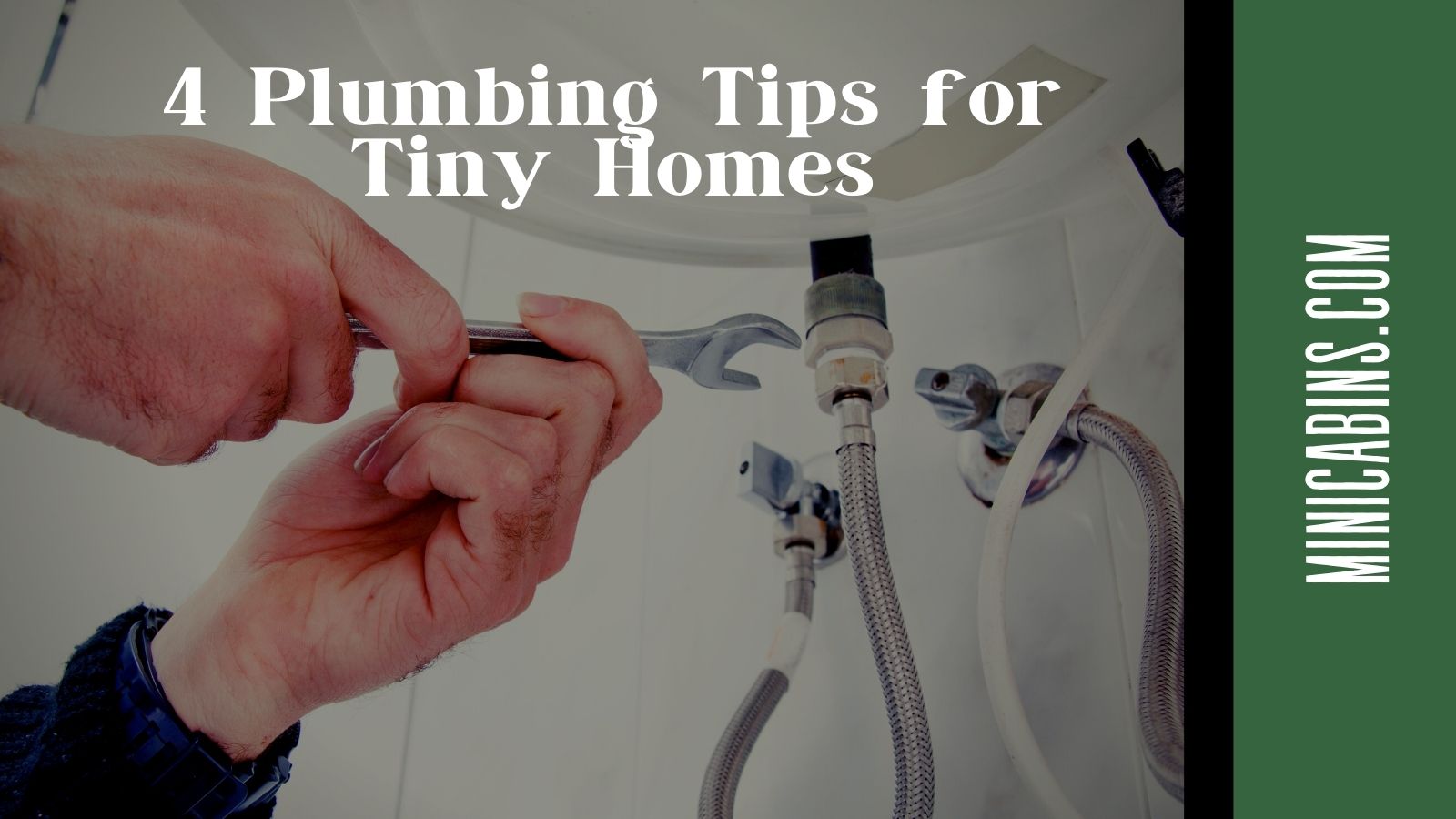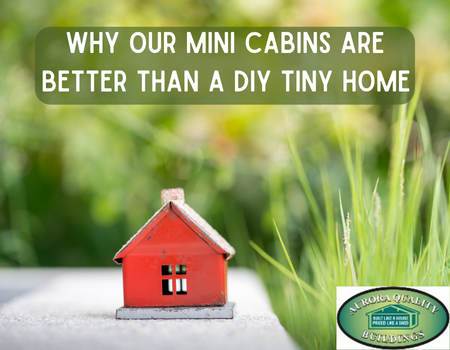4 Easy Plumbing Tips for Tiny Homes
Copy Link

4 Plumbing Tips for Tiny Homes – A large and confusing aspect of building a tiny home is getting the plumbing figured out. It can be an overwhelming aspect if you have no plumbing experience. But with the right knowledge, the inner workings of tiny home plumbing are not as scary as it seems.
Here are four major factors to help get the plumbing started in your tiny home. 4 Plumbing Tips for Tiny Homes
Know Where the Water Supply is Coming From
First, you want to consider the source of where your tiny home will be drawing water from. If you plan to keep your tiny home mobile the easiest and most often used option is to hook up to a communal water source such as you would at an RV park.
Even when you draw from an external community source you still want to install interior plumbing to be able to benefit from everyday plumbing uses similar to a standard home. On the outside, you will use an RV hose to hook up to the communal water system. This will probably mean paying a small fee to access potable water in many areas.
If you hope to be completely off the grid then you will want to use something like a tank where you store your own water and draw from it just like you would if you were in an RV camping with no hookups. The size of the tank will depend upon whether you want to be able to keep the tank attached to the home so that you can move it or simply keep it on your property. Keeping a tank on your property of course will allow you to have a much larger tank.
Considering a tank for your tiny home
Filling up a tank with water for your own use allows you to stay off-grid and may save you some money. You can fill it up with enough water to last for a few days depending upon its size and connect your plumbing to the tank. It is relatively easy to connect a plumbing system to a tank.
It is recommended that your tank be about 42 gallons as this only takes a short time to fill and can last four days for the average couple or more if you are living on your own. It will last a lesser amount of time for larger families. You want to make sure that the tank is completely watertight and brand new. Purchasing a secondhand tank leaves you vulnerable to one in need of a significant repair. You also want to make sure that you clean your tank regularly before you refill it.
Related: 3 Home Upgrades that Could Potentially Increase Insurance Costs
Having the proper tools on hand
The third of the plumbing tips, iff you are installing the plumbing system all on your own, you’ll want to make sure you have the proper equipment to get the job done. Exactly what you need will depend upon the specific system you choose to put into your tiny home. Some plumbing essentials can include material for pipes as well as drainage and external hookups like an RV hose or the proper components to hooking into a water tank as well as the tank itself. The best material for piping is CVPC to stand up for the longest amount of time.
When in doubt it is worth the extra money for professional help
Many tiny homeowners like the do-it-yourself aspects of tiny homes but there are some systems that really are OK to employ the help of a professional. Plumbing is one of these systems. Especially if you are particular about how you will be able to conduct daily tasks like taking a shower and washing clothes or food preparation and cleaning the dishes.
For more information on plumbing tips for tiny homes in Puget Sound and surrounding areas please contact us anytime.
We construct Custom Garages, Mini Cabins, Sheds, and Decks
More on Cabins
-
-
- 7 Ways a Custom Garage Can Improve Your Life
- Can I make a guesthouse in my backyard
- Is it Cheaper to Build or Buy a Shed?
- 10 Things to Consider When Buying an Outdoor Shed
- 6 Tips for Organizing a Storage Shed
- Do you need to paint a custom-built shed?
- How to Create and Organize the Perfect Backyard Shed
- Making the Most Out of Your Man Shed
- 4 Characteristics of a High-Quality Shed
- 5 Tips for Choosing the Right Size Shed
- He-Sheds are All the New Rage for Man Caves
- Do You Have to Pay Property Tax on a Shed?
-


